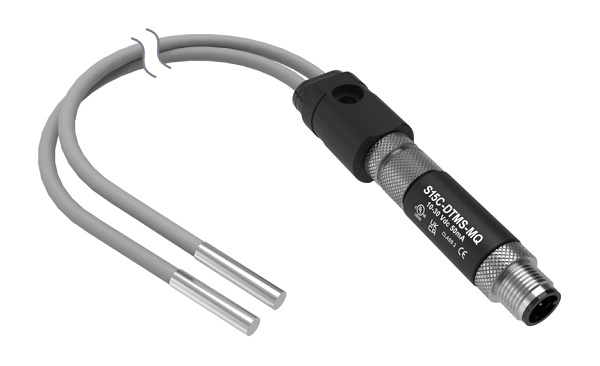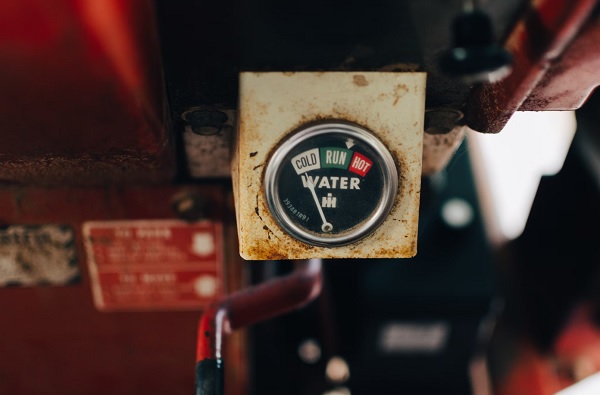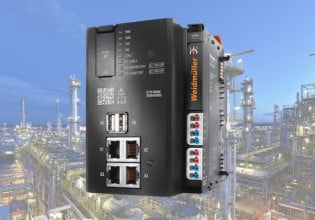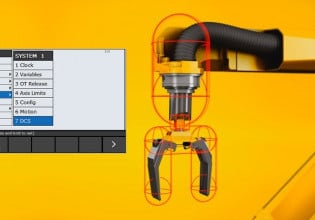Temperature Monitoring in a Compact Sensor: Banner Has the Solution
Banner Engineering has unveiled a new dual thermistor to temp output converter, providing two separate temperature differential readings on one Modbus communication address channel.
Monitoring temperature is a process that is done in many different industries, from automated assembly to process automation, there is always an application for monitoring temperature. There are quite a few methods to gain temperature insights, including thermocouples, integrated circuit (IC) sensors, RTDs, and finally, thermistors.
Thermistor Temperature Probes
Although thermistors are among the least expensive temperature sensors, one caveat of using these devices to measure temperature is that the signal must be converted from a variable resistance into a usable value and then passed to a control system.
Many applications use signal conditioners that pass a small current through the thermistor, and as the temperature changes, the changing resistance of the circuit will result in a voltage drop across the thermistor. The output from the signal conditioner would be connected to an analog input card, all of which can be very costly if there are many temperature probes required.
Banner Engineering has recently released a dual temperature probe that transmits two separate temperatures directly over a Modbus industrial protocol, ensuring ease of integration and easy expansion of systems that require temperature monitoring.

Banner Engineering’s new S15C dual thermistor temp sensor. Image used courtesy of Banner Engineering
S15C Dual Thermistor
The S15C comes equipped with two thermistor temperature probes (type G) and a Modbus converter. Each probe has a temperature range of -20°C - 105 °C and an accuracy of +- 0.2%. These probes can be used to monitor two different zones, or they can be used as a temperature differential.
The Modbus mapping includes the temperature reading of both sensors in Celsius and Fahrenheit, along with the thermistor resistance of both sensors and a differential temperature reading for both Celsius and Fahrenheit.
The body of the S15C includes a power LED along with a Modbus communication LED for quick diagnostic of the device or the communications, and the entire device can be purchased as IP65, IP67, or IP68 rated.
The Modbus wiring follows the standard serial RS-485 TX and RX interface via the standard M12 5-pin quick-disconnect connector. The temperature probes connect to the Modbus converter via a 4-pin connector utilizing two wires for each probe.

Temperature sensors are used in every imaginable automated facility. Image courtesy of Unsplash
Temperature probes are fairly inexpensive, but they do require signal conditioning and analog inputs, which are expensive. A simple $2 temperature probe could end up costing hundreds after all the required hardware is purchased. The S15C, having the conditioner and the industrial protocol converter all contained in one device, saves money and time.
Where Are Temperature Sensors Used?
A common application for temperature probes is process automation, where you need to monitor the temperature of a process or reaction. An example might be monitoring the temperature of a large tank of fluid. The common solution is to install temperature probes into the thermowell of a tank, then run shielded cables back to a signal conditioner (unless the conditioner is installed at the tank).
After the conditioner, another shielded cable carries the analog value back to the analog input card.
At this point, the control system can scale the value into engineering units and use or display that value to drive other processes. With the S15C, you no longer require a conditioner or an analog input card. The sensor values and scaled temperature are converted to Modbus protocol that the control system or SCADA system can read directly. Cable length restrictions for the Modbus communications can still be an issue, but a lot less wiring is required with the S15C architecture.
Temperature: An Essential Measurement
As long as we are operating around automated equipment, we will need to monitor the temperature of both the assets and the products. As industries progress towards more data-intensive Industry 4.0 solutions, the need for data points will only become greater.
Innovations like Banner’s new S15C dual temperature problem are taking the essential steps to collect more data at a faster rate using modern communication channels appropriate for automation in the 21st century.






